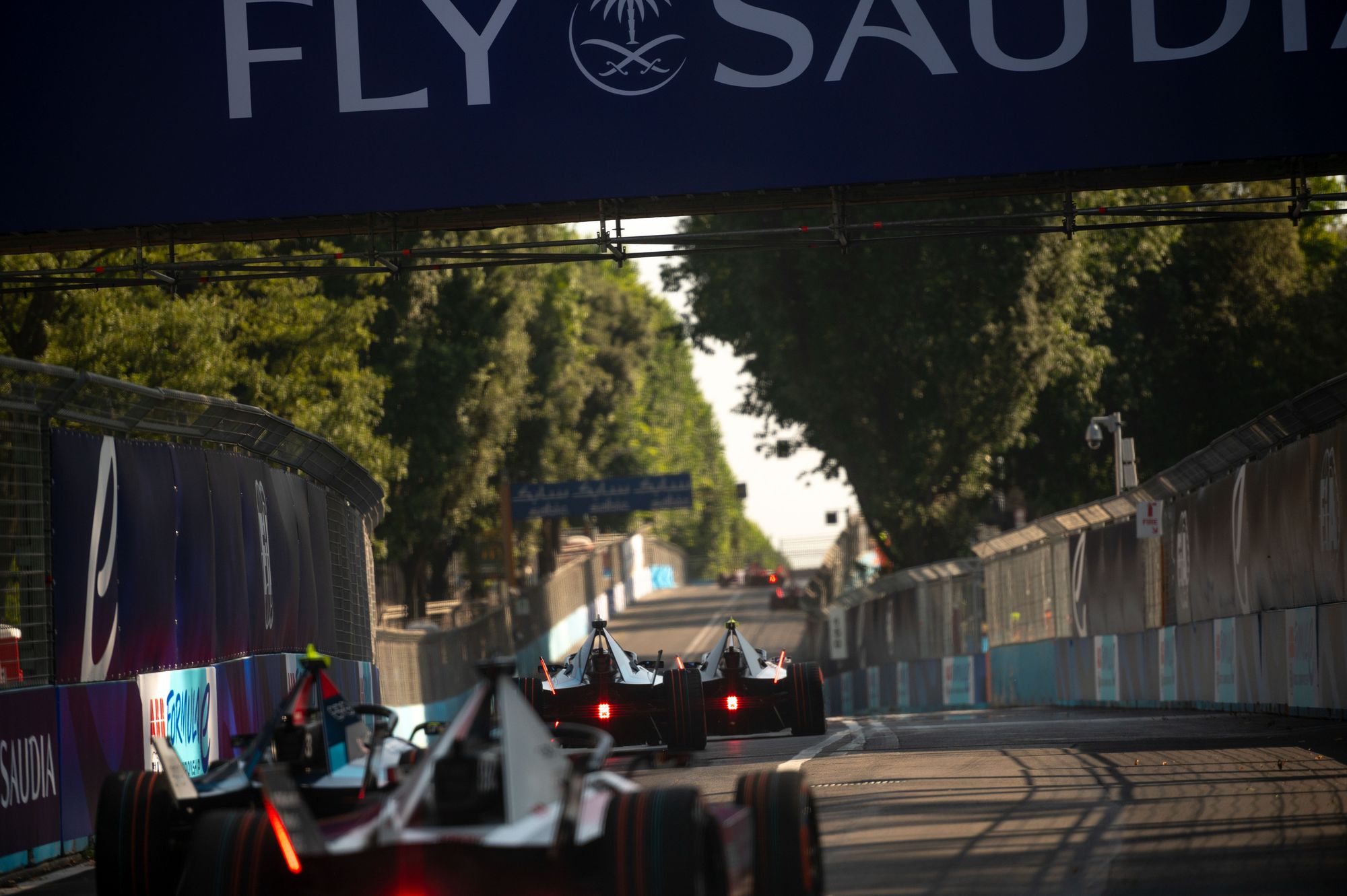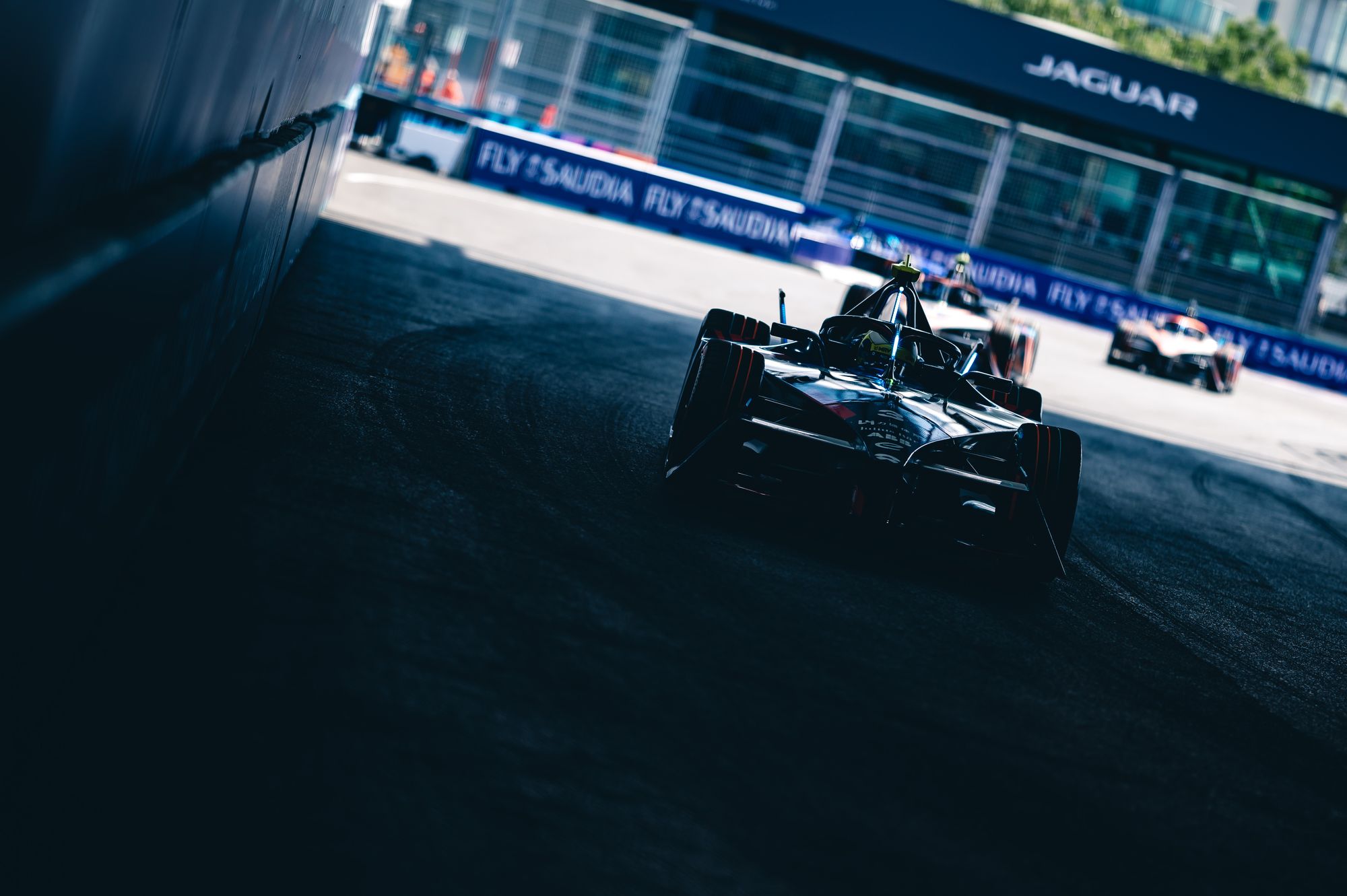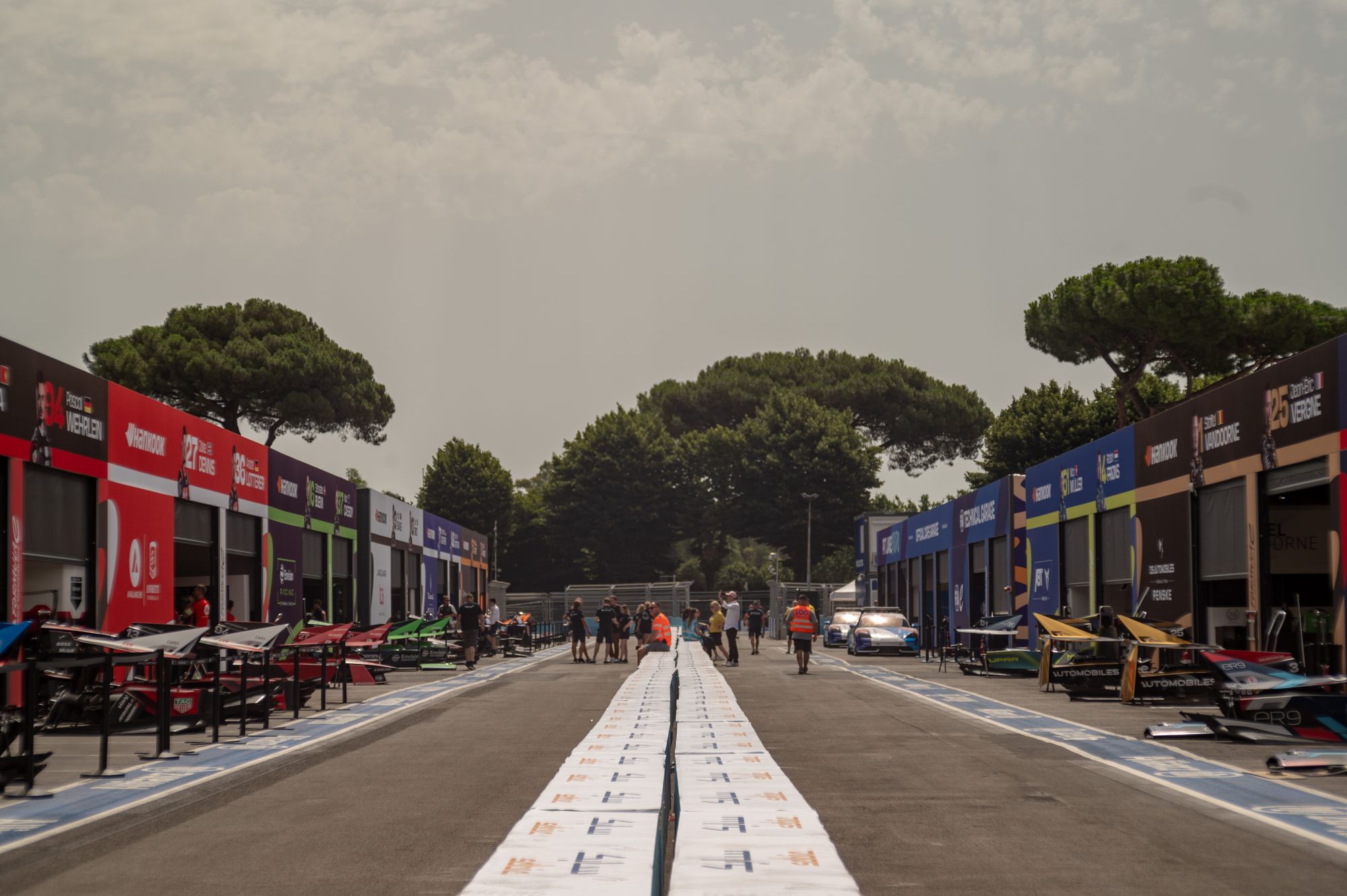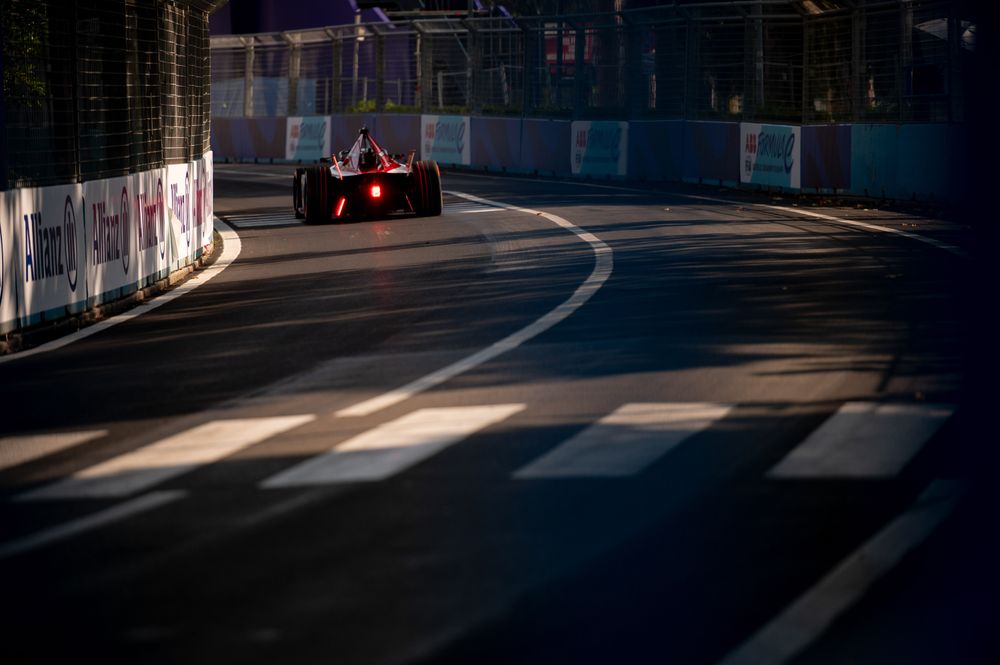The tender process for the 'Gen4' ruleset has been delayed by the FIA and Formula E in order to further evaluate prospective suppliers' proposals for the 2026-30 competition period.
The final selection was meant to be concluded on October 19 but The Race can reveal that this has now been extended to November 2024.
An FIA spokesperson said “the FIA and Formula E’s absolute priority is to take the best decision possible for the future of the ABB FIA Formula E world championship.
“Therefore, it’s been agreed to slightly adjust the timeline of the tenders for the next generation of Formula E car, with the outcome on chosen single suppliers now expected on November 24.
“This will enable us to conduct a thorough assessment of the strong bids received, including on-site visits of the respective factories, whilst ensuring a greater development phase than in the current generation of car.”
The Gen4 car is set to have a substantial hike in power to 600kW (up from 350kW at present), a range of aerodynamic kits, an introduction of power steering and 700kW of maximum energy recuperation.
The official FIA tenders were published in June before a three-month build process for the proposals that was open to any company capable of delivering four key criteria - chassis, battery, tyres and fast charging infrastructure.
The Race understands that the key sticking point, and potentially a key reason for the extra time in choosing a supplier, is the battery tender specifically. Sources have suggested that this is the area that needs further evaluation as it informs the majority of the technical package.

It is believed that existing chassis and spares provider Spark Racing Technologies has again bid for that deal, while Italian company YCOM is also known to have been interested, having visited several Formula E races last season.
Tyre supplier Hankook told The Race on Friday that it was “currently reviewing the related [tender] documents, but no decisions have been made at this time”.
Several senior paddock figures told The Race last season that lessons had to be learned from a difficult gestation period for the Gen3 project in which manufacturers and teams faced a range of disruptive issues in the lead up to the opening races of 2023.

McLaren team principal and chair of the Formula E Teams and Manufacturers Association, Ian James, said last season that the next tender process was “always a balance” that everyone wanted to “start as soon as possible”.
“The sooner they go out the sooner you can start to lock things in and start the rest of the development process,” added James.
“Then you can end up with a product that’s as mature as it could be.
“On the flip side, you need to make sure that the quality that you’ve got within the tenders is at a sufficient standard and therefore you need to take the time upfront to ensure that [across] commercial, technical and sporting, you strike the right balance.”
The Race says

Although the ghost of the tumultuous Gen3 gestation period still hangs over the Formula E paddock, news that its eventual successor already has a delay should not be seen as a similarly difficult start to the Gen4 project just yet.
That’s because the FIA and Formula E have always had a degree of flexibility in weaving together incredibly complex projects that deal with some aspects of fast-paced and forever-moving technology.
Adjustments to the tender timeline, when necessary, are part of this intricate process, so this is not an especially exceptional situation for the governors of Formula E to be in.
Yet, after the Gen3 project difficulties spilled over into occasional periods of chaos, some in the paddock may feel that the FIA’s insistence throughout last season that lessons would be learned might already be falling short.
That is probably an overreaction at this stage and it appears that Formula E is much better prepared for Gen4 than it was Gen3 already. This is partly due to fresh eyes such as new FIA sport boss Marek Nawarecki and Formula E technical and sporting consultant Dieter Gass being part of the process now.
Gass told The Race at the Rome E-Prix in July that having a long lead time for the next ruleset was “straight away one of the things I saw”.
“Lessons were learned from the Gen3 process,” he said. “On the first page of the [Gen4] presentation it was discussed. There is the will and the intention to do that and I think we’re in quite a good place.”
Much less disruption from world events such as the COVID-19 pandemic and conflicts that have affected some supply chains should make for a smoother project management of the Gen4 era as Formula E starts to mature beyond its first decade of existence.





